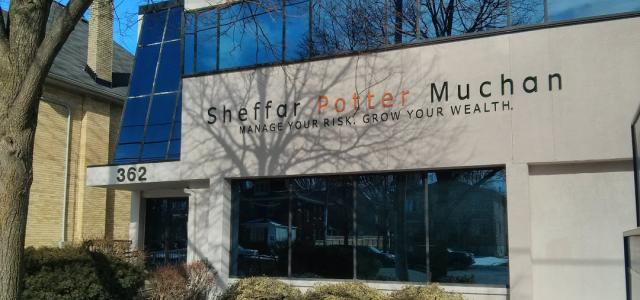
RESPs: Unlocking opportunities beyond traditional higher education
If you're a parent, you need to know about the secret weapon that can help your kids chase their dreams, whether they're aiming for a university degree or a career in the skilled trades: the Registered Education Savings Plan (RESP).
If you think RESPs are only for students heading straight to university or college after high school, it's time to think again! RESPs can be used for trade schools and apprenticeships too.
Canada leads the G7 countries for the most educated workforce, with an impressive 57.5% of adults aged 25 to 64 holding a college or university degree. But here's the thing – the number of people retiring is starting to outnumber those entering the workforce. There are just 81 people aged 15 to 24 – the ages when people typically enter the workforce – for every 100 people aged 55 to 64 who are nearing retirement. This means there's a growing need for skilled workers across various industries, including the trades.
What a RESP can be used for
So, how can a RESP help your child pursue the education that’s right for them? Your child can use the funds you’ve saved in their RESP for a variety of different courses, programs and purposes. Here’s an overview:
- Your child can use their RESP money for tuition, tools, licensing expenses and even rent.
- Your child can tap into their RESP for trade schools, business schools and apprenticeships if the course or program lasts at least 3 weeks in a row, with at least 10 hours of instruction or work per week.
- Your child can also use their RESP for part-time studies if the program lasts at least 3 weeks in a row and your child has at least 12 hours of course work per month.
If your child isn’t sure about their path yet, don’t worry. You have time. You can leave a RESP open for up to 36 years, giving your child plenty of time to explore their options and find their calling.
What to do with a RESP if your child doesn’t pursue higher education
If your child decides post-secondary education isn't for them, you have options:
- Replace the beneficiary. You can always name another beneficiary, like a sibling or even a grandchild to use the funds for their own education. When naming a new beneficiary, just make sure they’ll be able to use the money by the end of the 35th year after you opened the RESP.
- Transfer the money to other registered savings plans. You can move your RESP contributions to a Registered Retirement Savings Plan (RRSP) or Registered Disability Savings Plan (RDSP). There are some rules and time limits to be aware of when transferring your RESP contributions to other registered plans – be sure to check out the details on managing an RESP from the Government of Canada.
- Close the RESP. If you close the RESP, you’ll get back any contributions you made, tax-free. Any grants or government benefits paid into the RESP will be returned to the government. As for any interest earned on the benefits and contributions, you can choose to have the interest paid to you. Just keep in mind that the interest will be taxed at your regular income tax level, plus an additional 20% (or 12% in Quebec). Otherwise, you can choose to transfer the interest to another RESP or gift it to a designated educational institution.
RESPs: A versatile option for your child’s education
RESPs are versatile savings vehicles that can support your child's education, no matter what path they choose. Whether they're university-bound, considering college, thinking about trade school, or still figuring things out, a RESP can help make their dreams a reality.
So, why not take the first step towards securing your child's future today? We’re here to help you navigate the world of RESPs and create a plan that works for your family. Together, we can explore how to leverage a RESP to get the most out of your child's post-secondary education, whether that means a traditional degree or a rewarding career in the skilled trades. Reach out to us, and let's start unlocking those opportunities!
The information provided is based on current laws, regulations and other rules applicable to Canadian residents. It is accurate to the best of our knowledge as of the date of publication. Rules and their interpretation may change, affecting the accuracy of the information. The information provided is general in nature and should not be relied upon as a substitute for advice in any specific situation. For specific situations, advice should be obtained from the appropriate legal, accounting, tax or other professional advisors.

